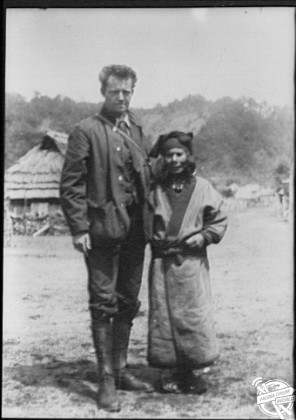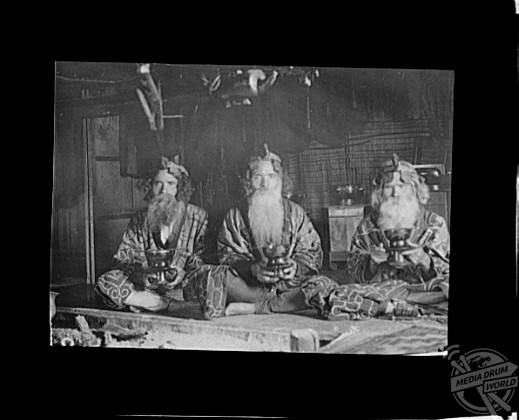By Mark McConville
RARE images have offered an insight into the traditional lives of the little-known indigenous Ainu people of Japan whose way of life is now lost.
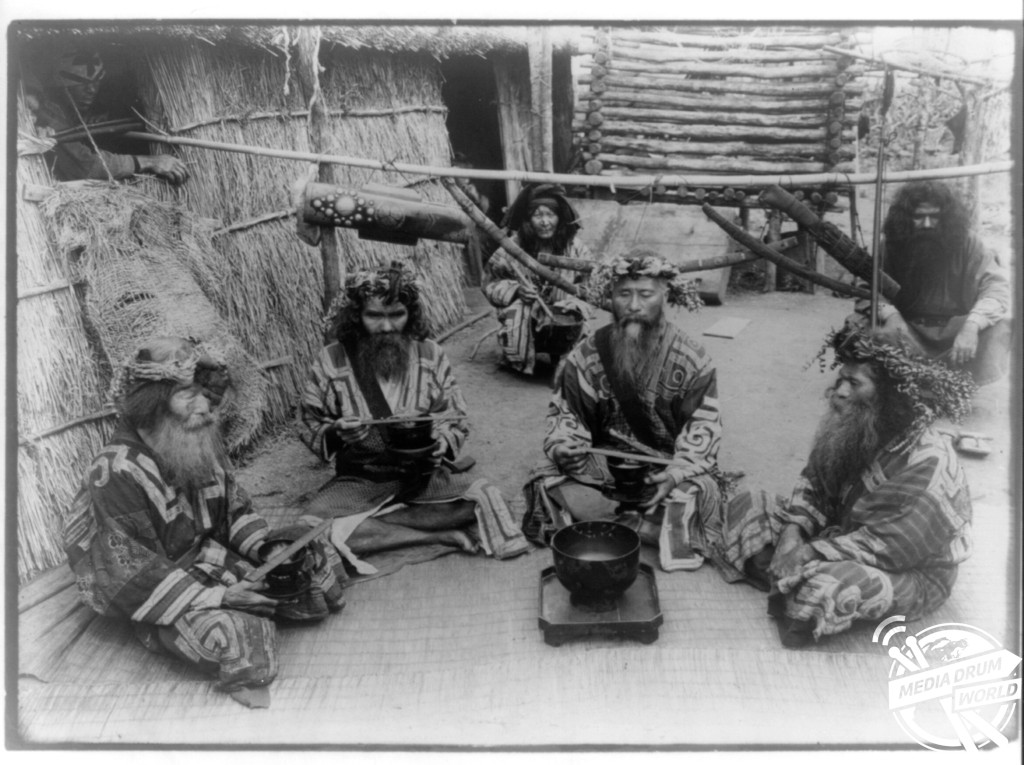
The candid pictures from the early 1900’s show Ainu people going about their daily business with some pictured socialising in their formal attire.
Another man is shown working on nets while a woman holds and entertains her child as they stand outside their hut.
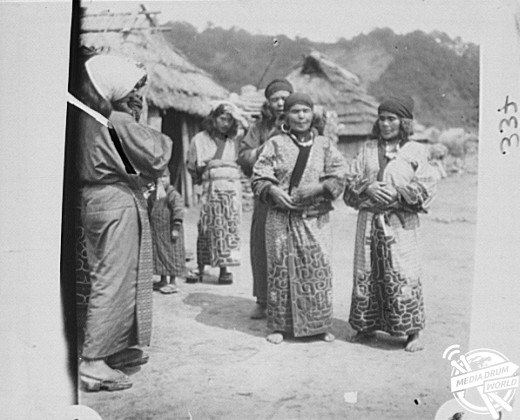
Other shots show Ainu people posing for the camera including chiefs at Piratori, an elderly couple and a man with a huge beard, a common feature, holding a staff.
Photographer Arnold Genthe, who captured these intimate images in an expedition of 1908, is pictured posing with an Ainu woman.

The Ainu are an indigenous people of Japan and Russia. Their official number in Japan stands at around 25,000 but unofficially the estimate is closer to 200,000 due to many Ainu having completely assimilated into Japanese society and as a result have no knowledge of their ancestry.
The northern island of Hokkaido, then known as Ezo, was where the Ainu lived. Their land was forcibly taken by the Japanese government in
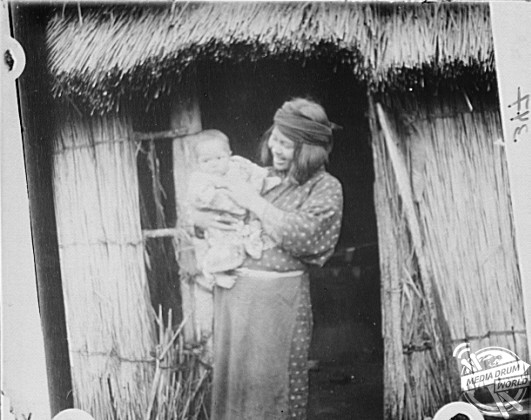
the 19th Century during a period of colonisation.
They were granted automatic Japanese citizenship, effectively denying them the status of an indigenous group.
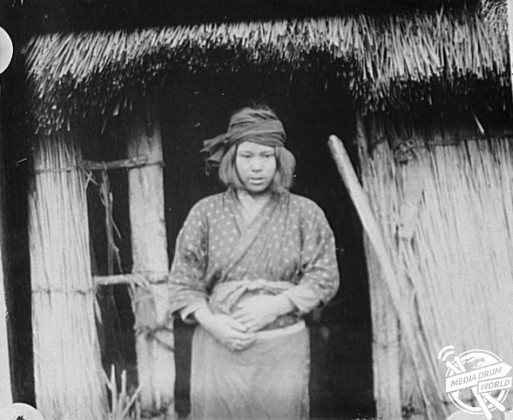
Japan did not formally recognise the Ainu until 2008 when a resolution recognised them as ‘an indigenous people with a distinct, language, religion and culture’.
